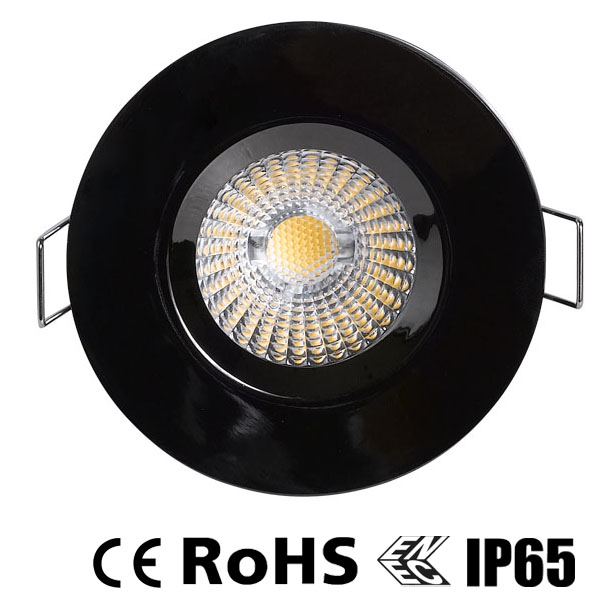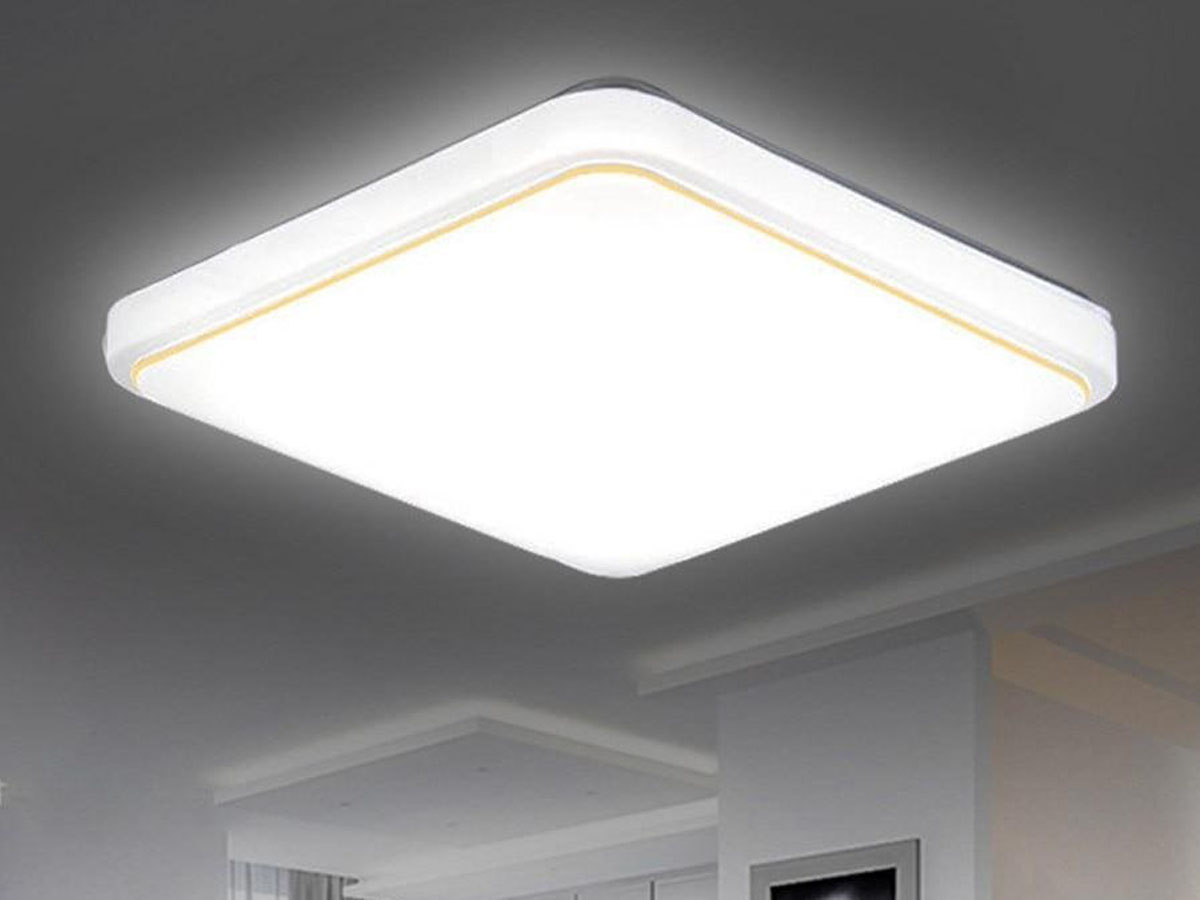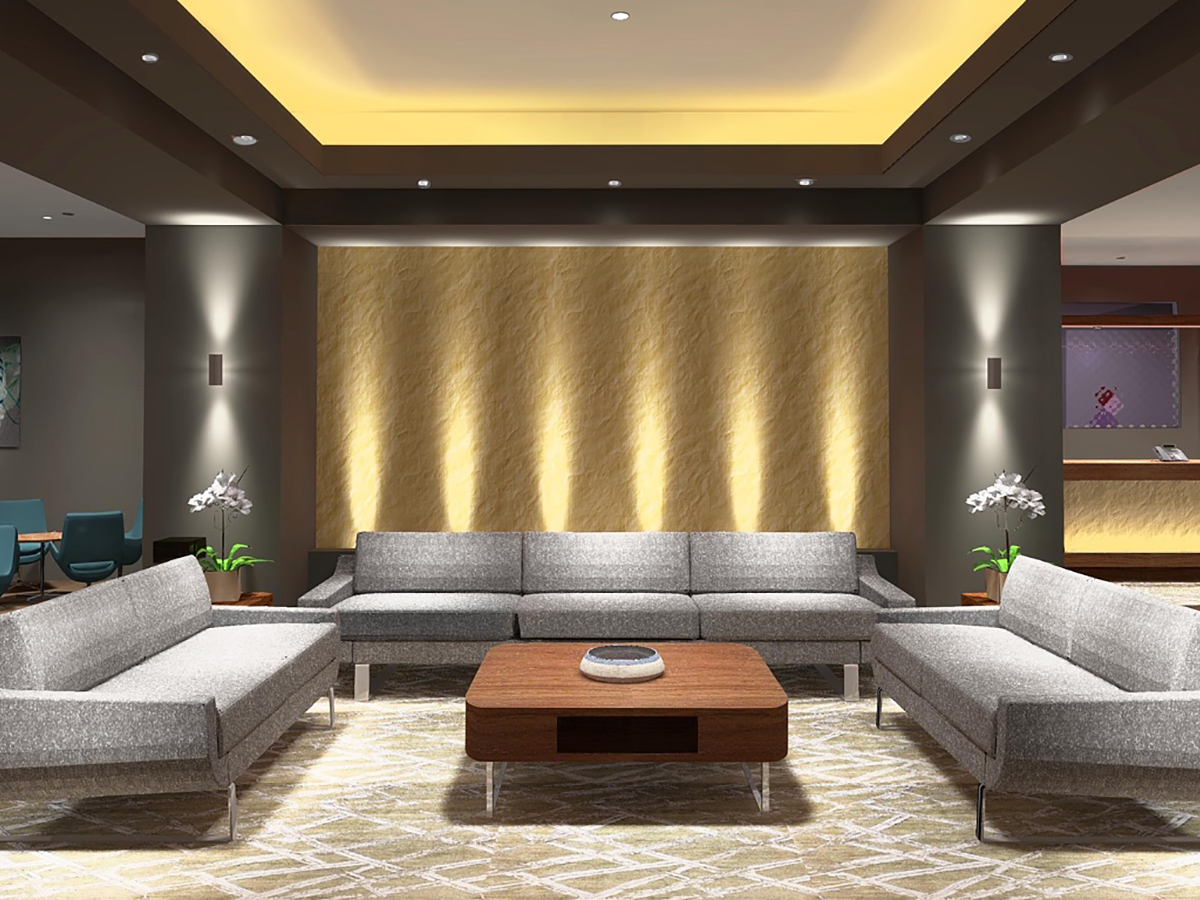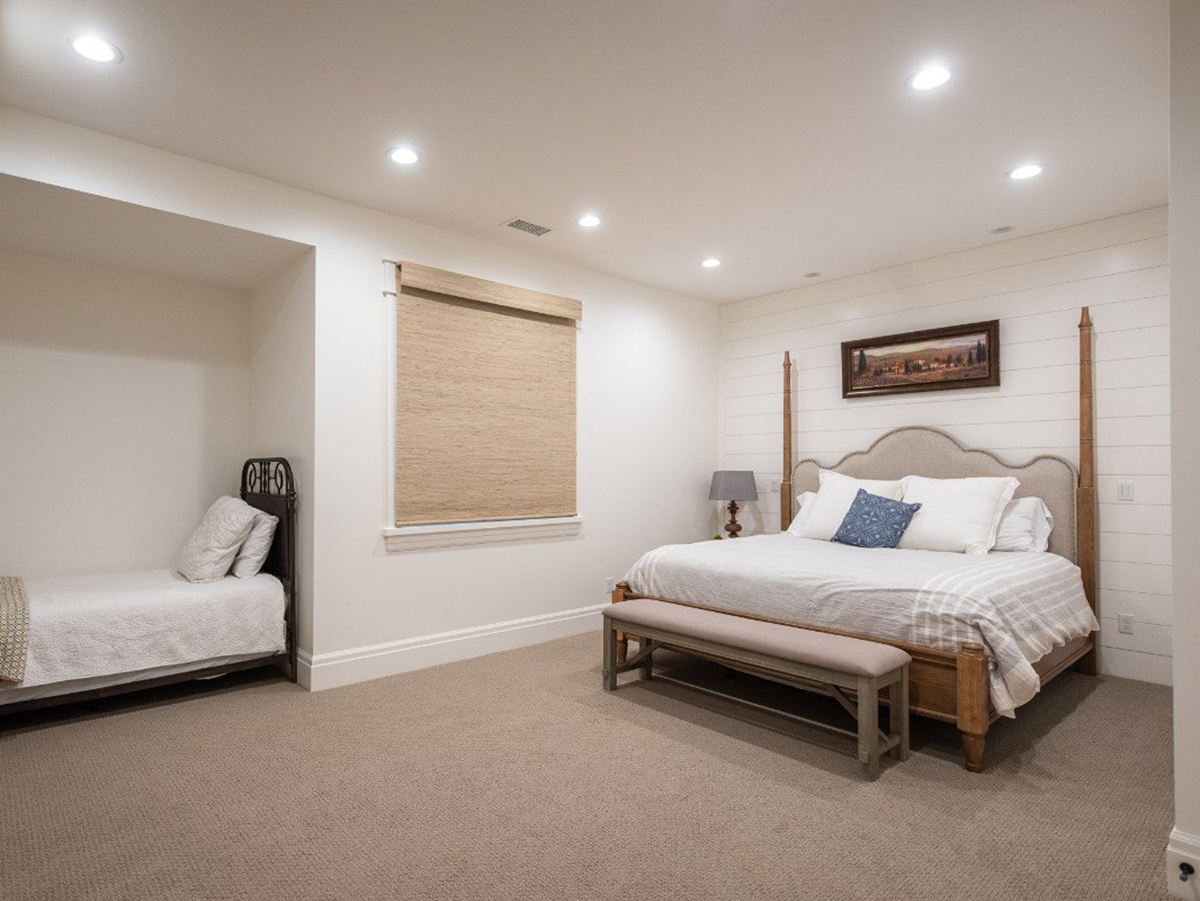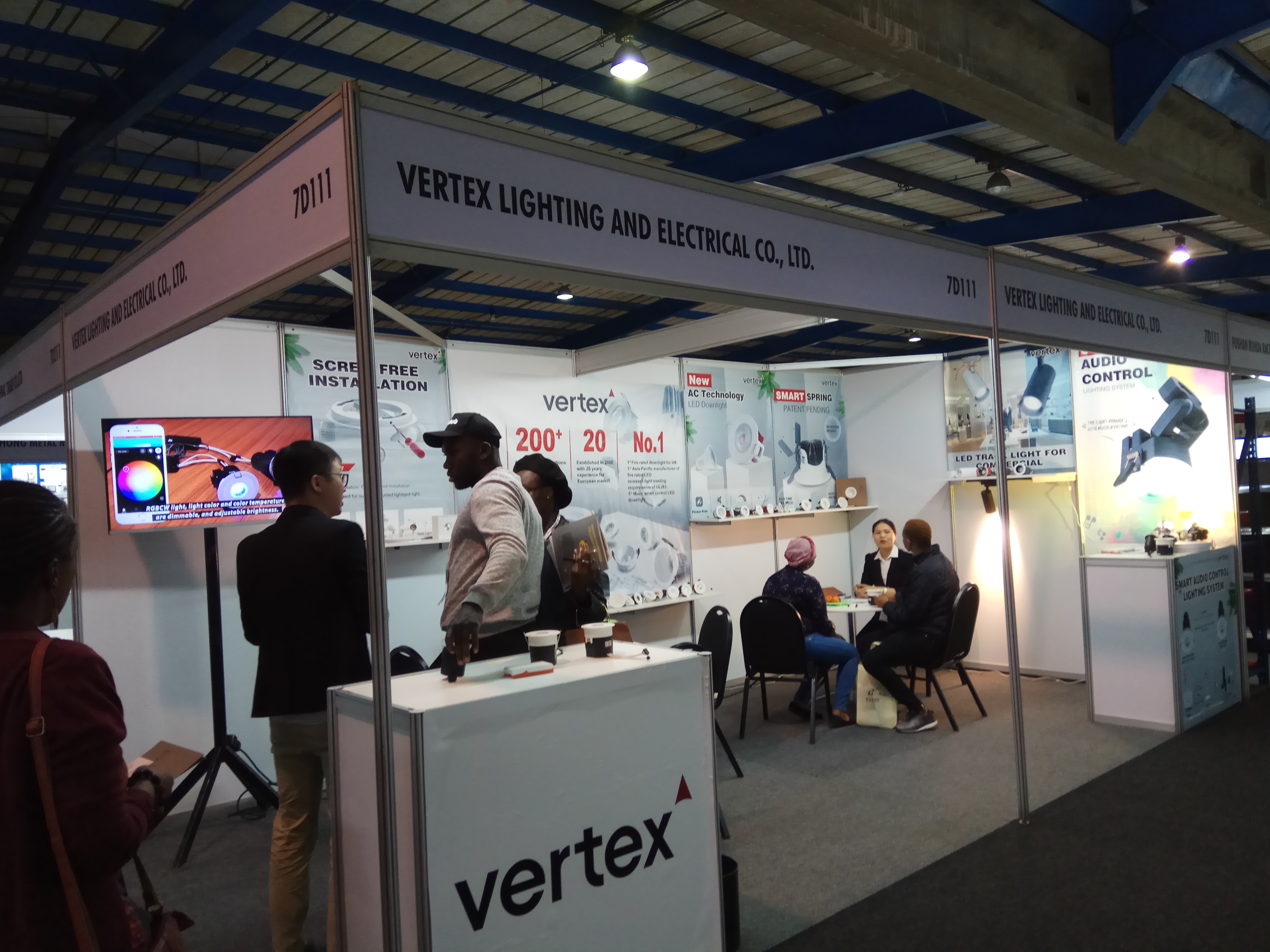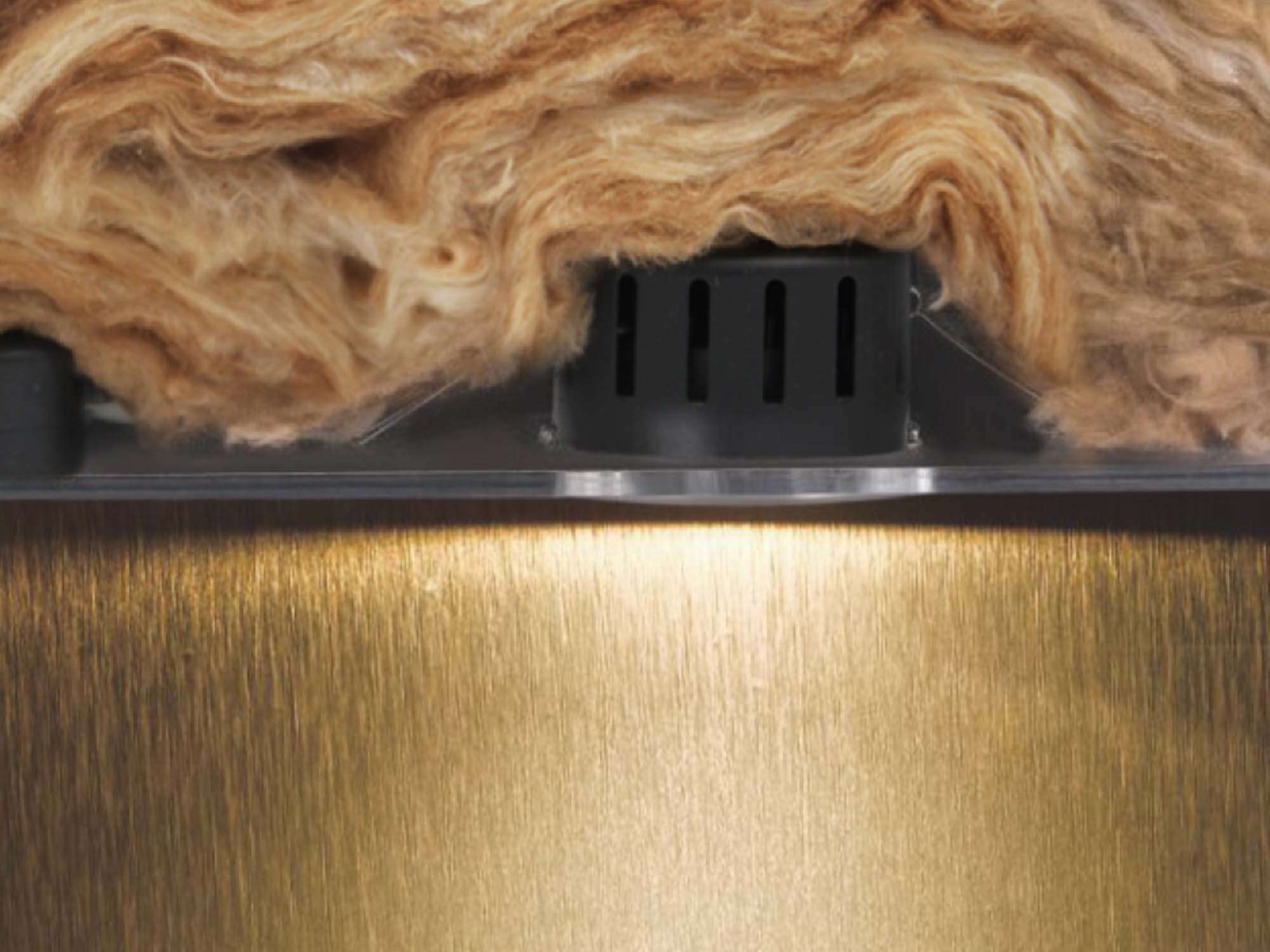Choosing the correct wire size for LED recessed downlights is crucial, particularly if you're planning to design and install the system yourself. This guide will help you navigate through the complexities of wire gauges, ensuring your lighting system is both safe and efficient.
What is Wire Gauge for the Led Recessed Downlight?
Wire gauge indicates the thickness of the wire, inversely related to the gauge number; a higher gauge number means a thinner wire. Commonly used sizes in residential lighting include 14-, 12-, 10-, 8-, 6-, and 2-gauge wires, each suited for different electrical loads and installation environments.
16-gauge are used for light-duty extension cords supporting 13 amps. 14-gauge are used for light fixtures, lamps, and led recessed lighting circuits with 15 amps. 12-gauge are typically used in the kitchen, bathroom, outdoor receptacles, and 120-volt air conditioners supporting 20 amps.
| Size | Ampacity(A) |
| 12 Gauge | 30 |
| 14 Gauge | 25 |
| 16 Gauge | 18 |
| 18 Gauge | 16 |
| 20 Gauge | 11 |
| 22 Gauge | 7 |
| 24 Gauge | 3.5 |
| 26 Gauge | 2.2 |
16-gauge are used for light-duty extension cords supporting 13 amps. 14-gauge are used for light fixtures, lamps, and led recessed lighting circuits with 15 amps. 12-gauge are typically used in the kitchen, bathroom, outdoor receptacles, and 120-volt air conditioners supporting 20 amps.
What Gauge Wire for Led Recessed Lights
From the perspective of safety, the 12-2 cable is the common option for most led recessed lights systems. The 12-2 cable indicates that a 12-gauge cable with two insulated conductor wires and a ground wire is used. But, when comes to the recessed downlight indoor, you had better take the references from the state or city electrical codes you live in, in case the different requirements on the recessed ceiling.
Can You Use 16 Gauge Wire for LED Lights?
Absolutely, 16 gauge wire is appropriate for light-duty applications, such as extension cords and LED lighting circuits, supporting up to 13 amps.
Can I Use 22 Gauge Wire for LED Lights?
For low-power applications, such as single-color LED lights, using 20 or 22 gauge wire is typically sufficient, ensuring safe and reliable operation.
Is A Bigger Gauge Wire Better for Recessed Downlight Led?
As above mentioned, the smaller the gauge size, the thicker the wire. The thicker wire presents less resistance to current flow. But it is not all recessed down lights or recessed spot lights can adopt the thicker wire. Thick wire (12 or 14 gauge) is recommended for long wire runs, high power applications, and low-impedance speakers (4 or 6 ohms).
How Many Led Recessed Ceiling Lights Can You Put on 14 Gauge Wire?
The basic electrical formula “Watts = Volts x Amps," presents the equation Watts = 120 x 20 with a result of Watts = 2,400. Therefore, the 14 gauge wire could bear up to 2,400 watts.
Four Steps to Determining The Correct Wire Gauge for Led Recessed Downlight
●First Step: calculate the total wire length you need for the connection.
●Second Step: After calculating the total length, you need to calculate the amount of current that could flow through the wire. You should multiply the total length by the wattage per foot. For example, led recessed luminaires to consume about 4.4 watts per foot. If the lighting system requires 16 feet wire, you multiply 4.4 by 16, and you get 70.4 watts.
●Third Step: Divide the above total wattage by 12 to get the total amps or currents. Then, let the 70.4 watts be divided by 12, and you get 5.87 amps.
●Fourth Step: At last, you need to take the reference from the wire chart. The right wire gauge is at the intersection of the amps and feet. So, for 20 feet and 10 amps, the correct wire gauge is 12.
●Second Step: After calculating the total length, you need to calculate the amount of current that could flow through the wire. You should multiply the total length by the wattage per foot. For example, led recessed luminaires to consume about 4.4 watts per foot. If the lighting system requires 16 feet wire, you multiply 4.4 by 16, and you get 70.4 watts.
●Third Step: Divide the above total wattage by 12 to get the total amps or currents. Then, let the 70.4 watts be divided by 12, and you get 5.87 amps.
●Fourth Step: At last, you need to take the reference from the wire chart. The right wire gauge is at the intersection of the amps and feet. So, for 20 feet and 10 amps, the correct wire gauge is 12.
| American Wire Gauge(AWG) | ||||||||||
| Length (feet) |
Current(amps) | |||||||||
| 5 | 10 | 15 | 20 | 25 | 30 | 40 | 50 | 60 | 70 | |
| 15 | 16 | 12 | 10 | 10 | 8 | 8 | 6 | 6 | 4 | 4 |
| 20 | 14 | 12 | 10 | 8 | 8 | 6 | 6 | 4 | 4 | 4 |
| 25 | 14 | 10 | 8 | 8 | 6 | 6 | 4 | 4 | 2 | 2 |
| 30 | 12 | 10 | 8 | 6 | 6 | 4 | 4 | 2 | 2 | 2 |
| 40 | 12 | 8 | 6 | 6 | 4 | 4 | 2 | 2 | 1 | 1/0 |
| 50 | 10 | 8 | 6 | 4 | 4 | 2 | 2 | 1 | 1/0 | 1/0 |
| 60 | 10 | 6 | 6 | 4 | 2 | 2 | 1 | 1/0 | 2/0 | 2/0 |
| 70 | 10 | 6 | 4 | 2 | 2 | 2 | 1/0 | 2/0 | 2/0 | 3/0 |
| 80 | 8 | 6 | 4 | 2 | 2 | 1 | 1/0 | 2/0 | 3/0 | 3/0 |
| 90 | 8 | 4 | 4 | 2 | 1 | 1/0 | 2/0 | 3/0 | 3/0 | 4/0 |
Conclusion
In conclusion, for most residential LED downlights and recessed lighting applications, a 12-2 cable is recommended. It's important to calculate the total amperage your lighting system will draw to ensure safety and efficiency. For optimal results and compliance with local electrical codes, consulting with a manufacturer or supplier of LED downlights is advised.
